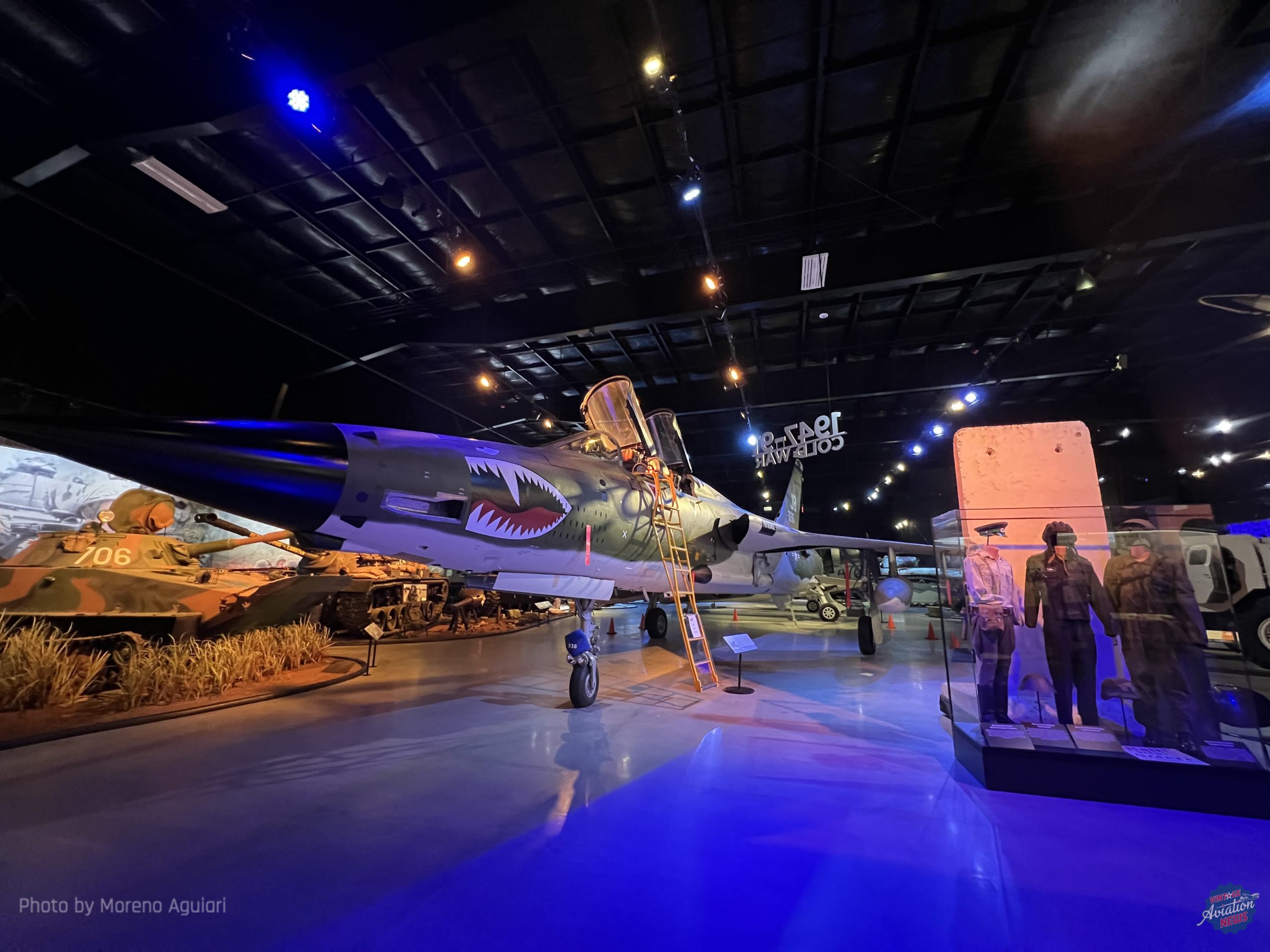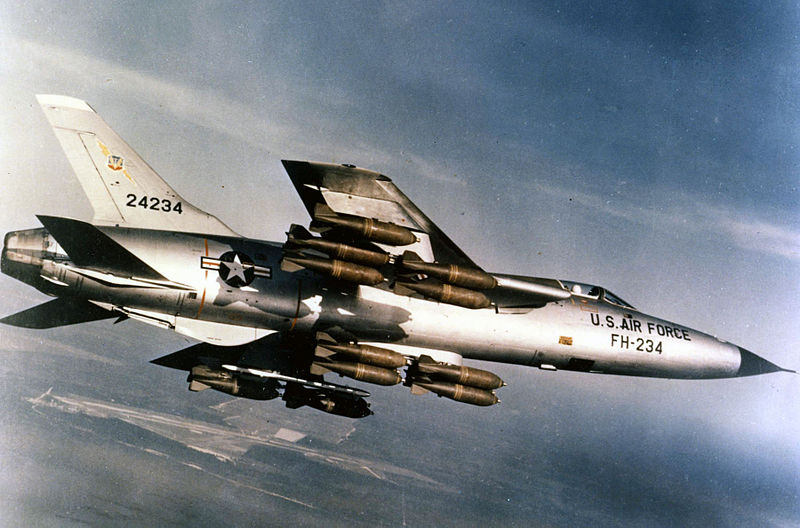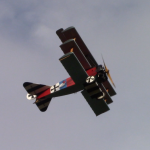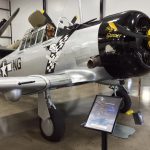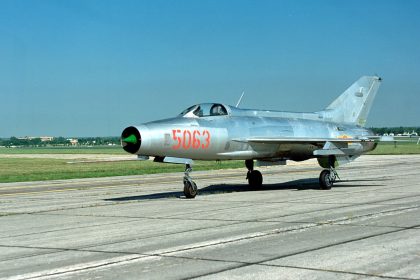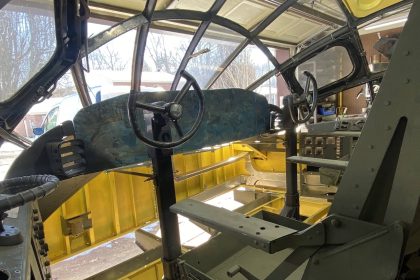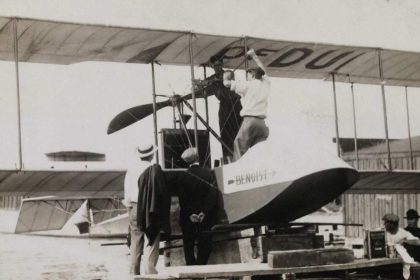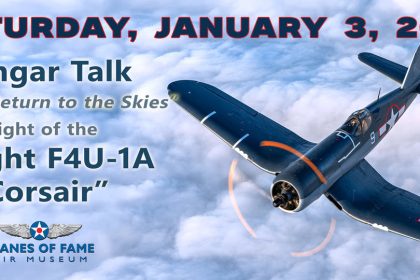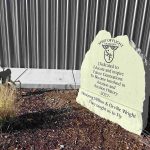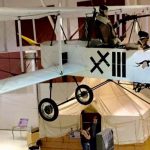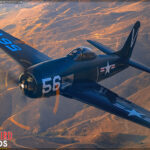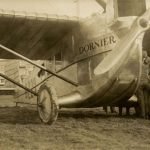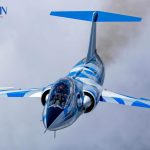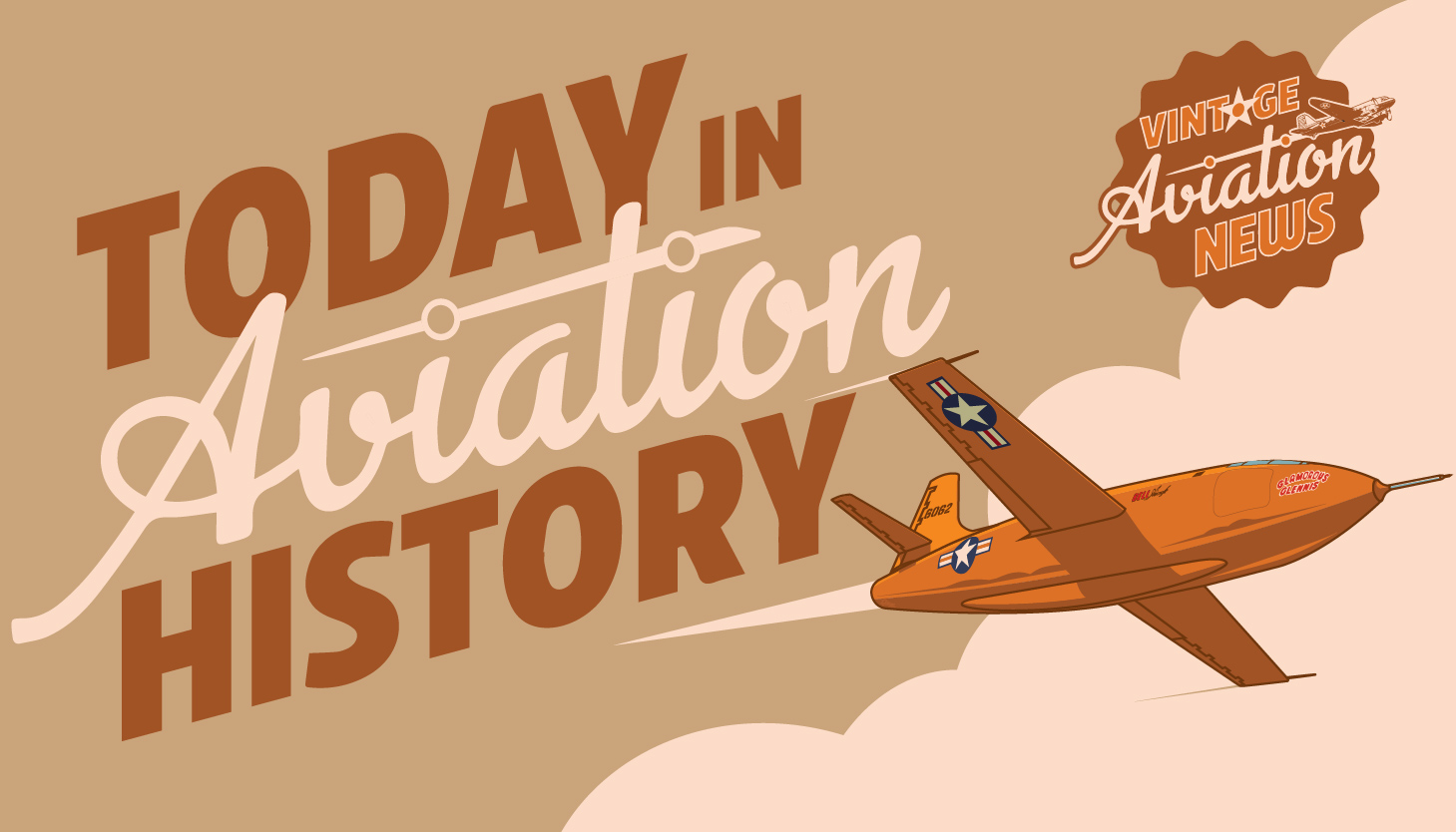
On this day in aviation history, 70 years ago (October 22, 1955), the Republic F-105 Thunderchief made its first flight. The Thunderchief was a jet-powered fighter-bomber designed and built in the United States. The F-105 served with the United States Air Force from 1958 until 1984, spanning some of the most intense years of the Cold War. Affectionately nicknamed the “Thud” by those who flew and maintained it, the F-105 saw much of its combat service during the Vietnam War.
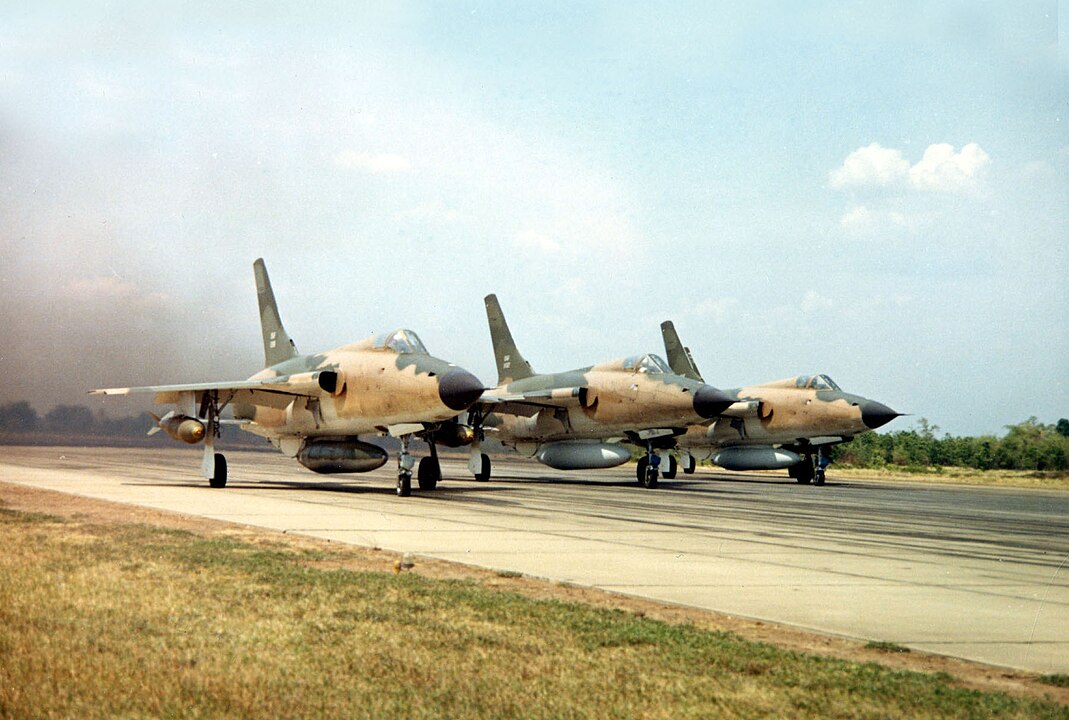
The F-105 began as an internal project at Republic in 1951, aimed at developing a replacement for the aging RF-84F Thunderflash. Republic’s project was initially called the AP-63FBX (Advanced Project 63 Fighter-Bomber Experimental) and later the AP-63-31. The aircraft was proposed to the USAF in 1952, offering supersonic speed, low-altitude performance, range, and payload. The proposed fighter-bomber was also capable of carrying nuclear munitions. After several years of development and testing, the F-105 entered service in 1958.

Republic’s F-105 Thunderchief was a true powerhouse. The Thud could carry and deliver a bomb load of up to 14,000 pounds—greater than that of a B-17 Flying Fortress or B-24 Liberator. Additionally, it was armed with a 20-millimeter M61A1 Vulcan cannon with 1,028 rounds and could carry rockets and missiles on hardpoints under the wings and centerline. A Pratt & Whitney J75-P-19W turbojet engine powered the F-105, producing 14,300 pounds of thrust dry and 26,500 pounds with afterburner engaged. With a maximum speed of Mach 2.1 (1,390 miles per hour), the Thud could strike quickly and exit safely. The F-105 had a combat range of 676 nautical miles and a service ceiling of 48,500 feet.
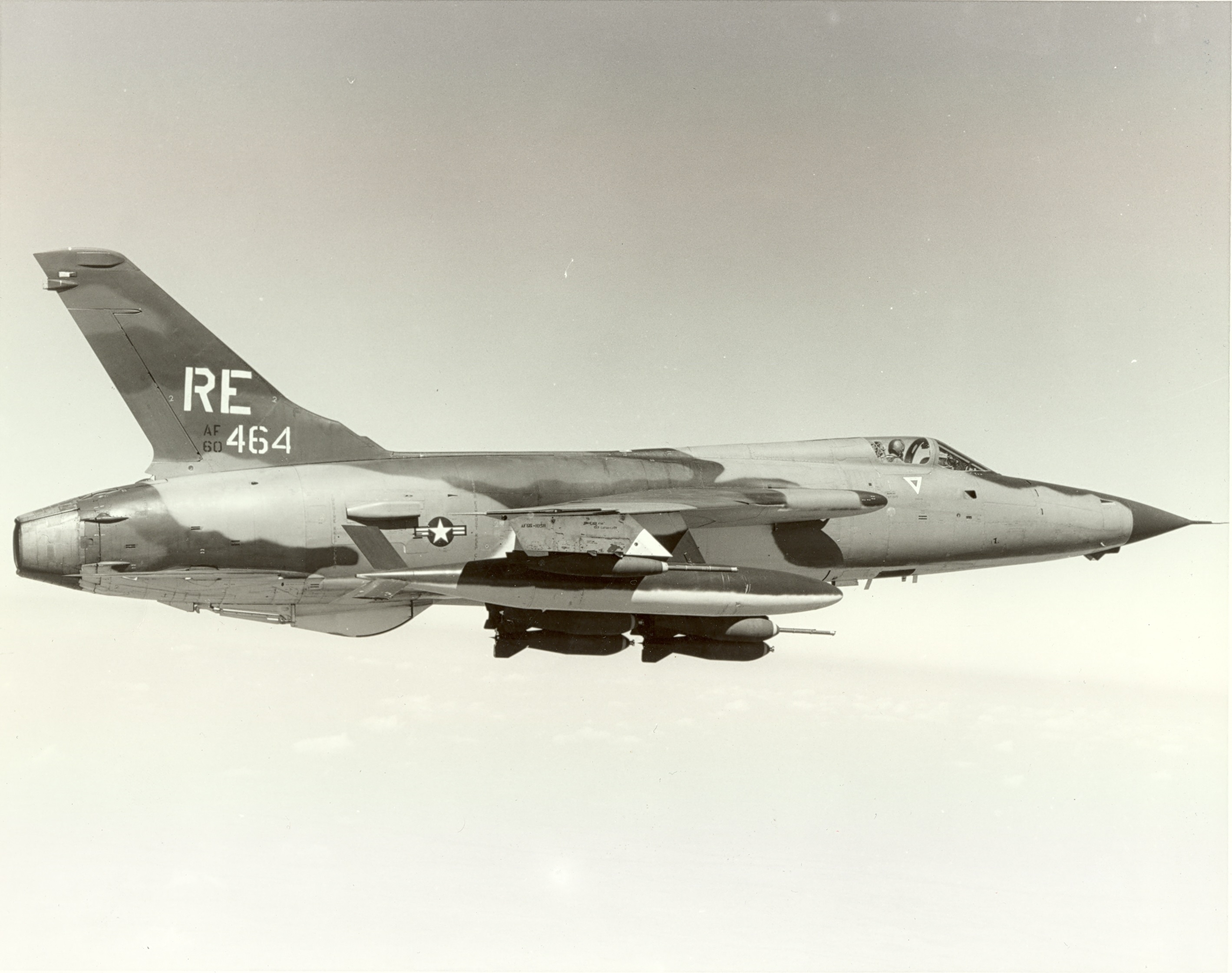
The D-model Thud had a single pilot, while the G-model carried both a pilot and a navigator/electronic warfare officer (EWO). F-105Gs were specifically used in the Wild Weasel role for Suppression of Enemy Air Defenses (SEAD) missions. During the Vietnam War, F-105s were the primary strike bombers and flew the majority of combat sorties. Republic built 833 F-105s between 1955 and 1964, many of which survive today in museums. The American Heritage Museum in Stowe, Massachusetts, proudly displays a Wild Weasel F-105G, serial number 63-8336. This aircraft is on loan from the National Museum of the United States Air Force and served in the Vietnam War as a radar installation bomber.
